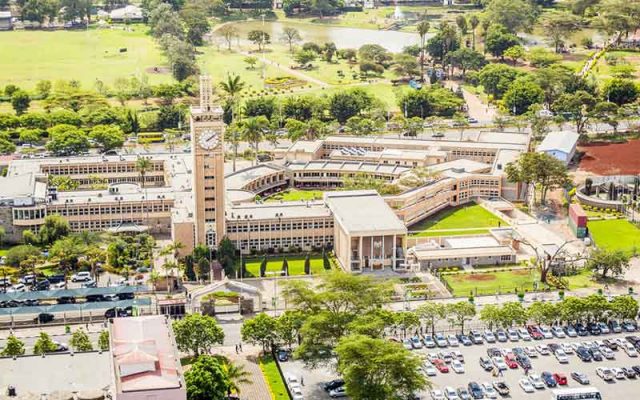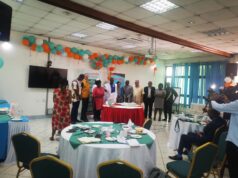Little can distinguish Nairobi buildings, besides the current craze for height, aluminium cladding and glazing. Actually, the design of modern buildings is mostly of European import.
But one can’t miss the uniqueness of buildings that were erected by Freemasons who put up structures like the All Saint’s Cathedral at the turn of the last century.
They put up churches as well as colonial institutions and extensively incorporated Freemasonry signs and symbols even in Anglican churches.

Indeed, it was the Freemasons who defined Nairobi’s early architecture, building some of the grandest buildings in the country to date. Most are considered classics. Some are national monuments; giving the city a regal feel, reminiscent of Kenya’s imperial past.
Nairobi planning started in the 1920s. The government architect then was J.A Hoogterp, who later moved and settled in Johannesburg, South Africa. It was Sir Herbert Baker, a Freemason, who took charge of several projects after Hoogterp left.
The layout of the city was borrowed from Washington DC, Paris, Cape Town, Pretoria, Canberra (the executive capital of Australia), New Delhi and La Plata, a city in Argentina.
All these cities’ architecture was widely deemed as masonic, complete with signs and symbols. It has also been observed that the major civic and central government buildings are designed to form an Ankh, (a cross having a loop for its upper vertical arm and serving especially in ancient Egypt as an emblem of life).
There is a masonic hand in the architecture of key buildings, especially those representing the political, economic, educational or religious powers of the city.




